
The Co Tu in Quang Nam has a population of about 40,000 people who live mainly in the Hien and Nam Giang districts. They belong to the Mon Khmer language ethnic group and have preserved their traditions and customs, as seen in their daily activities, their system of social and family relations and the festivities they hold.
Like most ethnic groups in Vietnam, the Co Tu economy is mainly based on agriculture. They plant rice on dry land and harvest once a year. The staple diet of the communities tends to be based on rice, maize, farmed birds and fish.
At the head of their community is the Villager Elder. As village life is organized in a tightly-controlled manner, the Guol House, or communal house, becomes the social, cultural and religious center of their community.
It is so central to their life that whenever the Co Tu want to build a village, the first thing they have to think of is the Guol House. Like the "Dinh" (communal house) for the Kinh people (the largest ethnic group in Vietnam), for the Co Tu the Guol House represents the soul of their village life.
In a typical Co Tu village of about 30 houses, arranged in a horse-shoe shape, the Guol House always occupies the most important place. It stands in the middle of the village and is very visible because most of the time it is the biggest and nicest house in the community.
In a Guol House, which often has a diameter of about eight meters, the roof is supported by a system of columns composed of a major column in the middle and eight minor ones placed in circle around it.
It is in the Guol House that the Co Tu worship their gods and spirits. They decorate the altar and wall of the Guol House with the horns and stuffed heads of hunted animals. During a festival, the village pole is erected in front of the Guol House for decoration but also at religious buffalo-killing ceremonies for sacrificial animals to be hung on.
The Guol House also serves as a kind of art museum and is the symbol of wealth and power for the Co Tu. The bigger the Guol House is, the more successful and prosperous is the village.
The Guol House can also be used as a leisure and entertainment center for the whole village. It is a meeting place where the Village Elder announces decisions concerning the community. It is here that cases of tribal custom and rule infringements are examined and judged.
The Guol House is also called the "Men’s House" because, even nowadays, women are still not allowed to enter it, according to tradition. However, for many young people, it is a place where they can meet and socialize.
The importance of the Guol House is being restored in the social and cultural life of the Co Tu, just like for many other ethnic groups in Vietnam.
A campaign has been launched in an effort to preserve traditional cultural values and to build a new and better lifestyle.
Saigon Times

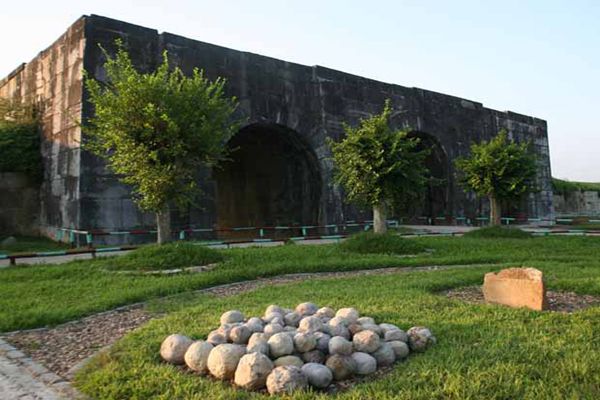
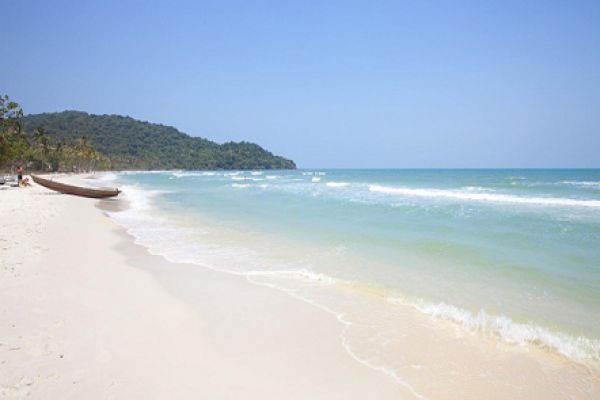
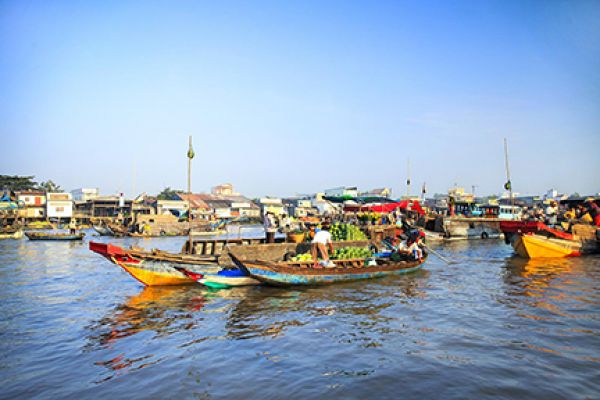


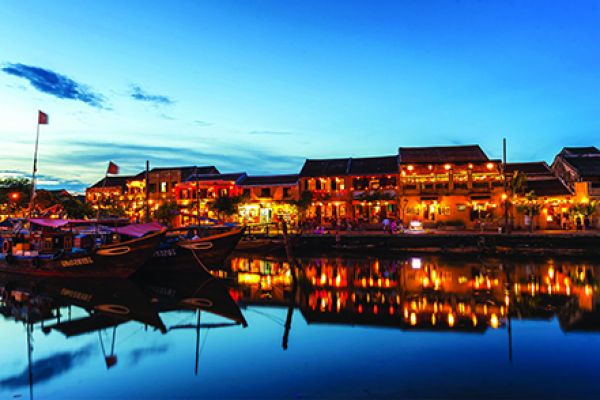
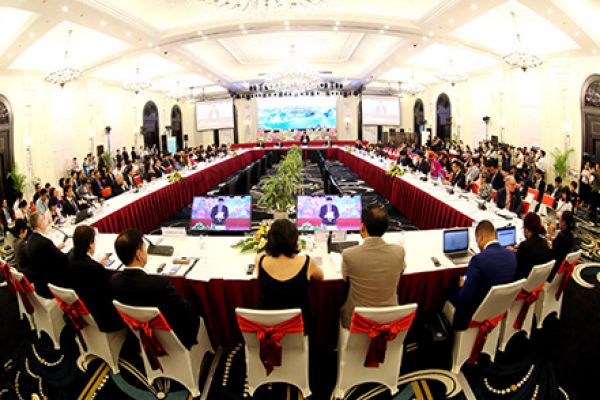

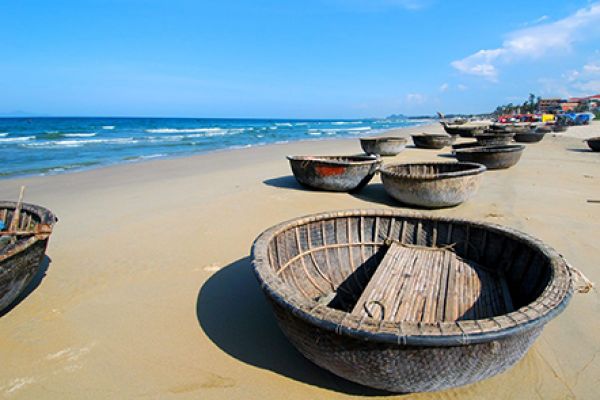
(84-63) 3 826042 – (84-63) 3 511142
No 54 Nguyen Dinh Chieu, Ham Tien Central Mui Ne Beach Binh Thuan Vietnam
523 To Hien Thanh District 10 Ho Chi Minh City Vietnam
Ha Long Halong City Quang Ninh Vietnam
A13 Hung Thong 2 Halong City Quang Ninh Vietnam




